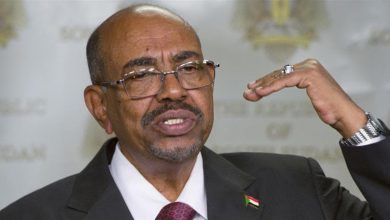Africa and Middle EastResolved
Nelson Mandela and South African Apartheid
While he received some criticism for what was seen as radically leftist ideals, Mandela became an icon and is still revered globally.
On May 10, 1994, Nelson Mandela became the first black president of South Africa in the first true democratic elections in the nation’s history. It was a remarkable victory for Mandela and his African National Congress over apartheid and the National Party, which had ruled the government since 1948.
Mandela had been fighting against segregation and racism in South Africa as a young man even before the beginning of apartheid (meaning “separateness” in Afrikaans, the language of descendants of white Dutch settlers).
Mandela’s Early Years
Mandela joined the ANC in 1944 and subsequently established a law practice in Johannesburg. He started the ANC Youth League, which helped form a new strategy to combat apartheid, the Program of Action. Arrested in 1952 and charged with violating the nation’s Suppression of Communism Act, Mandela was given a suspended sentence of two years, to be followed by nine months of hard labor. This would not be the last time he was arrested.
Mandela, along with more than two dozen colleagues, was acquitted of treason in the spring of 1961. Between his arrest on that charge in 1956 and his acquittal came an event that would force a change in tactics for Mandela and the ANC.
Police opened fire on unarmed black protesters in the town of Sharpeville in 1960, killing 69. This put an end to the non-violent protests of the ANC. Mandela helped start the ANC’s Spear of the Nation, a militant group responsible for a number of explosions.
Imprisonment
In 1962, Mandela illegally left the country to drum up international support for the ANC. He also received training in guerilla warfare methods in north Africa. Upon his return, he would be arrested and charged with leaving the country illegally and inciting workers to strike. His conviction resulted in a five-year sentence.
In 1963, while in prison, he would face more serious charges of treason. Potentially facing the death penalty, Mandela would receive a life sentence instead in the infamous Rivonia Trial. He would spend the next 27 years behind bars but remained a leader of the anti-apartheid movement.
For 18 years, Mandela was forced to do hard labor at Robben Island Prison. While in prison, Mandela completed his autobiography, although it was not released until after his release. His colleague Oliver Tambo led a campaign to free Mandela beginning in 1980.
Mandela resisted offers of conditional release a number of times before actually gaining his freedom in 1990.
Freedom and Presidency
Mounting political pressure from inside South Africa and beyond, along with fears of a civil war, led President F.W. de Klerk to release Mandela in February of 1990. Mandela was named the head of the ANC after his release. Mandela and de Klerk would subsequently begin talks aimed at ending apartheid and fomenting true democratic elections.
Mandela and de Klerk would share the 1993 Nobel Peace Prize for their efforts. The following year, Mandela succeeded de Klerk as president of South Africa, completing his long journey to ending apartheid. Mandela kept his promise of serving just one term as president.
Mandela was feted internationally for his devotion to equal rights for all. He oversaw the writing of a new South African constitution, one that banned discrimination against minorities, including whites.
While he received some criticism for what was seen as radically leftist ideals, Mandela became an icon and is still revered globally. He died on Dec. 5, 2013.



